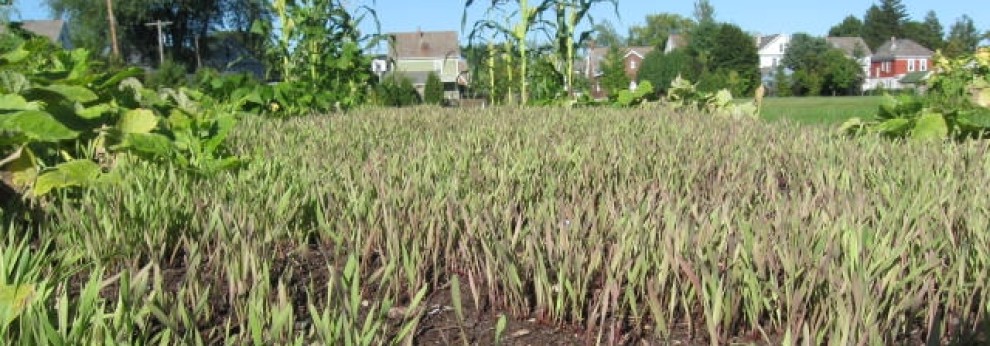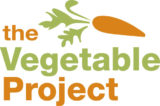 What exactly drives us to build gardens at Albany schools and then lead kids out to them? Why would we bother with those time-consuming fundraising initiatives, like selling seeds each winter, and those time-consuming chores in the garden, like weeding and watering? And what is the big deal about growing some of our own lettuce and tomatoes, when it’s right there in the supermarket?
What exactly drives us to build gardens at Albany schools and then lead kids out to them? Why would we bother with those time-consuming fundraising initiatives, like selling seeds each winter, and those time-consuming chores in the garden, like weeding and watering? And what is the big deal about growing some of our own lettuce and tomatoes, when it’s right there in the supermarket?
It is the Vegetable Project’s mission to create hands-on learning opportunities for children in Albany, and especially children with great needs, by building gardens, growing plants and harnessing the power of exposure to nature. But why?
Please find links here to several earlier shots at answering these questions. But here is another:
We expend our energy to make a difference in the lives of kids in our community for whom so much is not working well. Some of us know many of these young people personally. Everyone is different, of course. But academic struggle is just one challenge for many. Many are angry, disaffected and discouragingly often disruptive in school. These students, in many cases, do not respond helpfully to, “sit still in your chair” or “would you please look up at the board” and other similar school staples.
Surely we – meaning adults in their lives – can do better than get frustrated with these students and demand compliance with our directions in increasingly shrill tones. In fact, we know from academic research and personal experience that exposure to the outdoors, that opportunities to learn with all five senses, that making connections across school subject boundaries and more that comes in the package deal known as gardening can make a difference. And we can build sorely needed trust when we – again the adults in their lives – organize hands-on activity that is meaningful.
Caring for edible plants, for example, becomes quite meaningful when we prepare a bite to eat right after harvesting. So we build extensively around that. We expose kids to a complete life cycle when we can – from placing a seed in the soil to harvesting seeds from plants at the end of the season for the next year’s garden. Or from nurturing our soil with compost to pitching spent plants on a compost pile at the end of the season with the following year in mind.
There’s a little science in there, some environmental stewardship, maybe even reading and writing if we swing it right. At the very best, however, and way better than getting a kid to sit still in his or her chair, we help young people with great weight on their shoulders achieve a dollop of equanimity.
–Bill Stoneman



